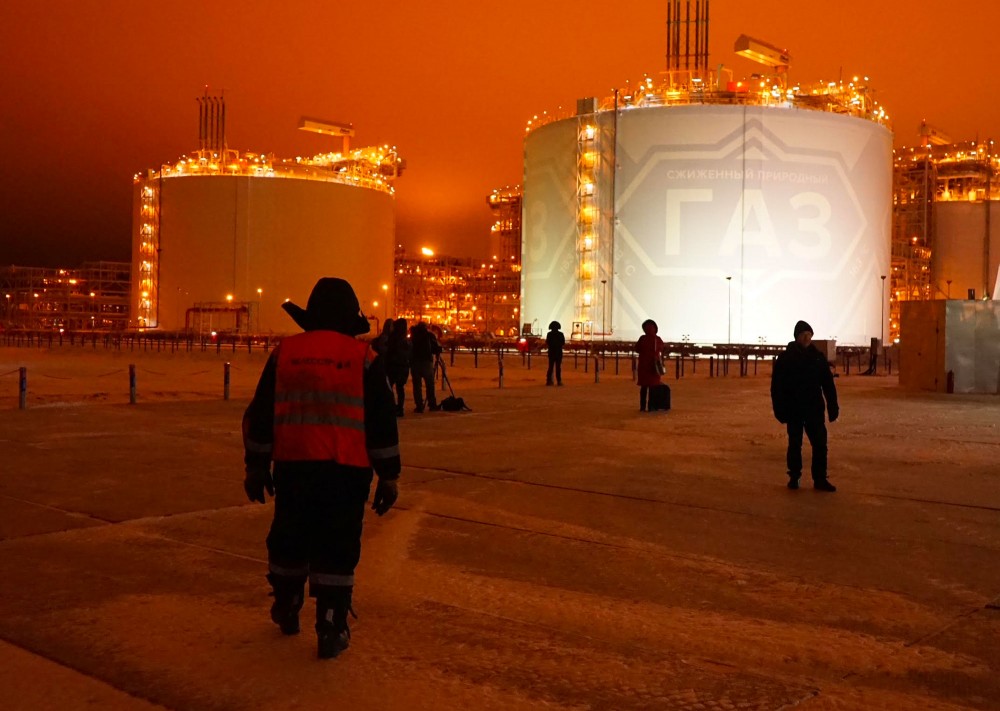Europe's Ambitious Hydrogen Plans Face Challenges
Europe is betting on hydrogen to cut the use of fossil fuels and achieve climate neutrality by 2050, but the hydrogen industry faces challenges in making the sector a scalable and cost-effective replacement for natural gas.
The EU's renewables strategy includes the ambition to produce 10 million tons and import 10 million tons of renewable hydrogen in the EU by the end of this decade. The European Commission has outlined a 'hydrogen accelerator' concept to scale up the deployment of green hydrogen, which, the EC says, will contribute to accelerating the energy transition and decarbonizing the EU's energy system.
In March, the Commission set out new plans to incentivize and support investment in sustainable hydrogen production through a European Hydrogen Bank (EHB), an initiative aimed at accelerating investment and bridging the investment gap for the EU to reach its ambitious hydrogen targets under the REPowerEU plan.
Last month, the leaders of some of Europe's biggest economies pledged to turn the North Sea into an offshore wind, hydrogen, and carbon capture energy hub.
But scaling up hydrogen production and imports would need the creation of an entirely new market, which could face challenges in offering and pricing, experts tell Energy Voice.
European ports could play a part in a future hydrogen economy, and the Port of Antwerp-Bruges plans to capture a part of this new market, the port's hydrogen program manager Maxime Peeterst told Energy Voice.
Industry officials believe that the EU needs to revise some provisions in the hydrogen regulation in the coming years to make Europe's hydrogen industry globally competitive. The complexity of EU regulations compared to other jurisdictions makes Europe less competitive in hydrogen project advancement, Daryl Wilson, executive director of industry body the Hydrogen Council, told Hydrogen Economist in an interview last month.
"In terms of the raw number of projects proposed and announcements, there are many more projects in the EU versus the US. But there are more projects moving to FID in the US," Wilson said.
Moscow offers new subsidies for Arctic hydrogen
Natural gas company Novatek will get major tax relief for its projected hydrogen and ammonia project in the far northern Yamal Peninsula.

Natural gas production in Yamal Peninsula. Photo: Atle Staalesen
By Atle Staalesen
April 24, 2023
No comments:
Post a Comment